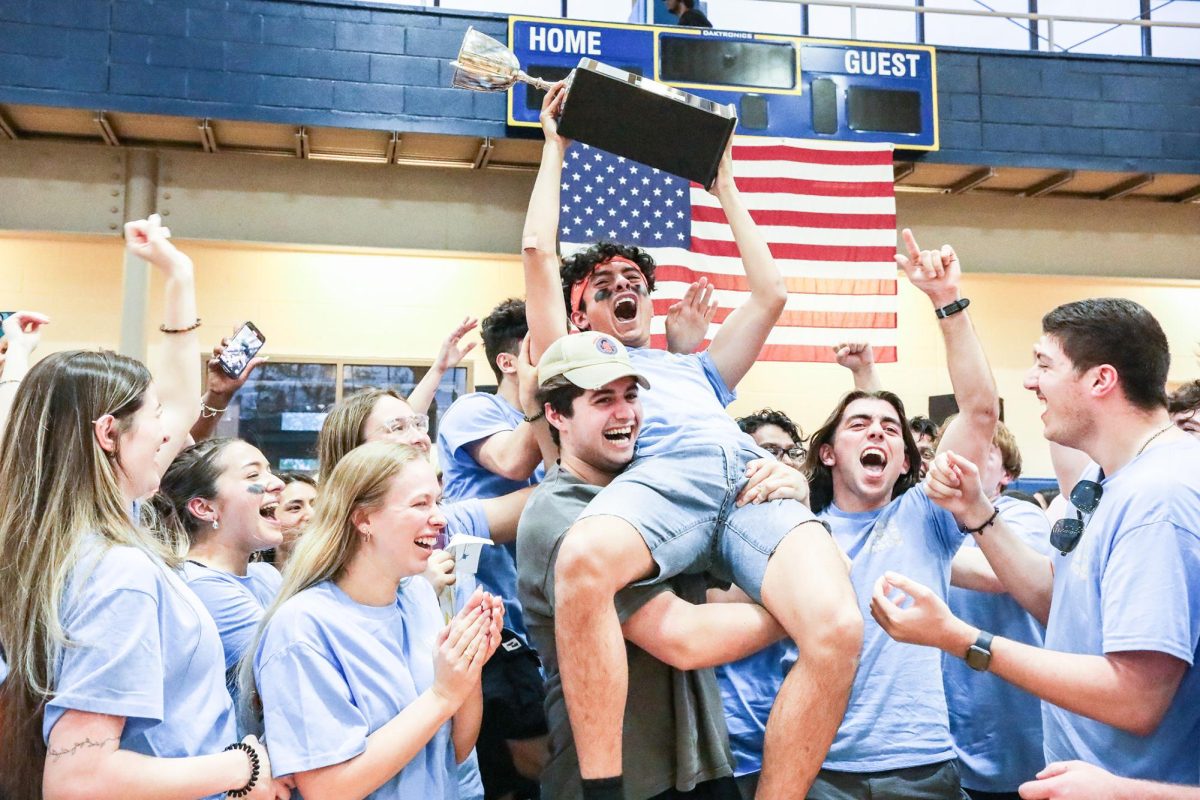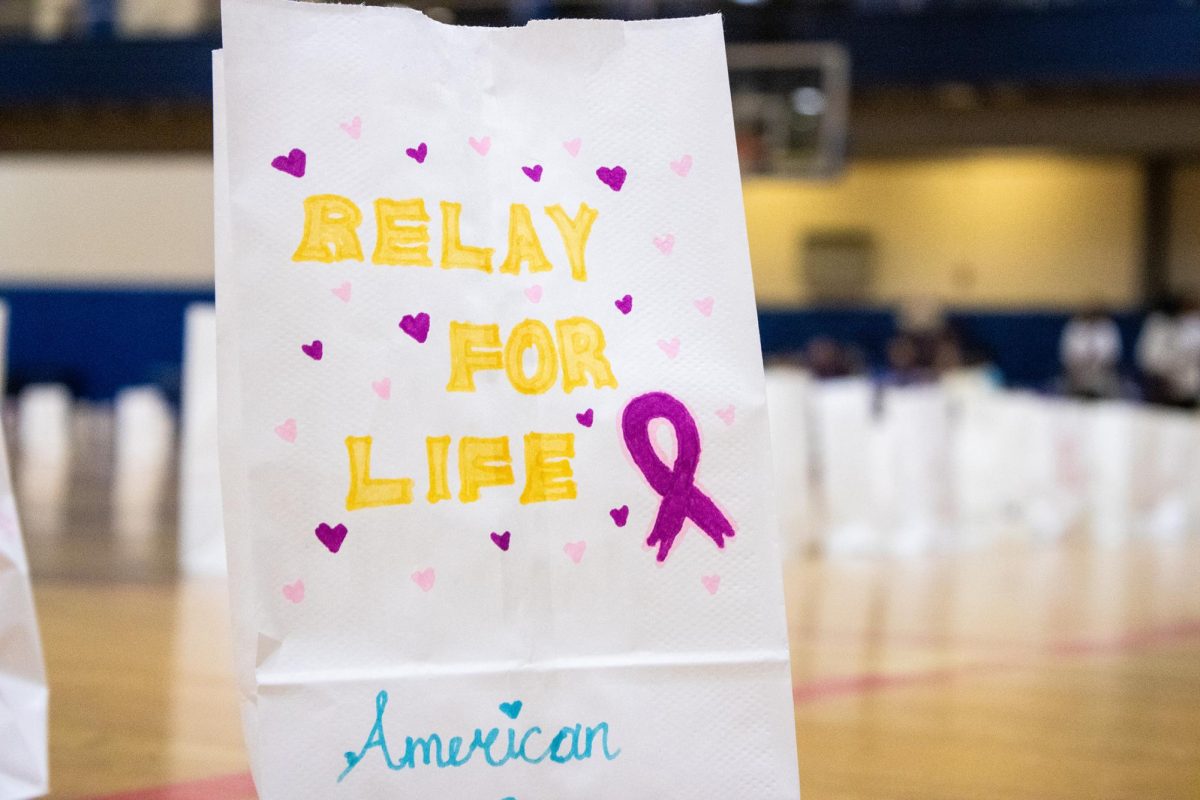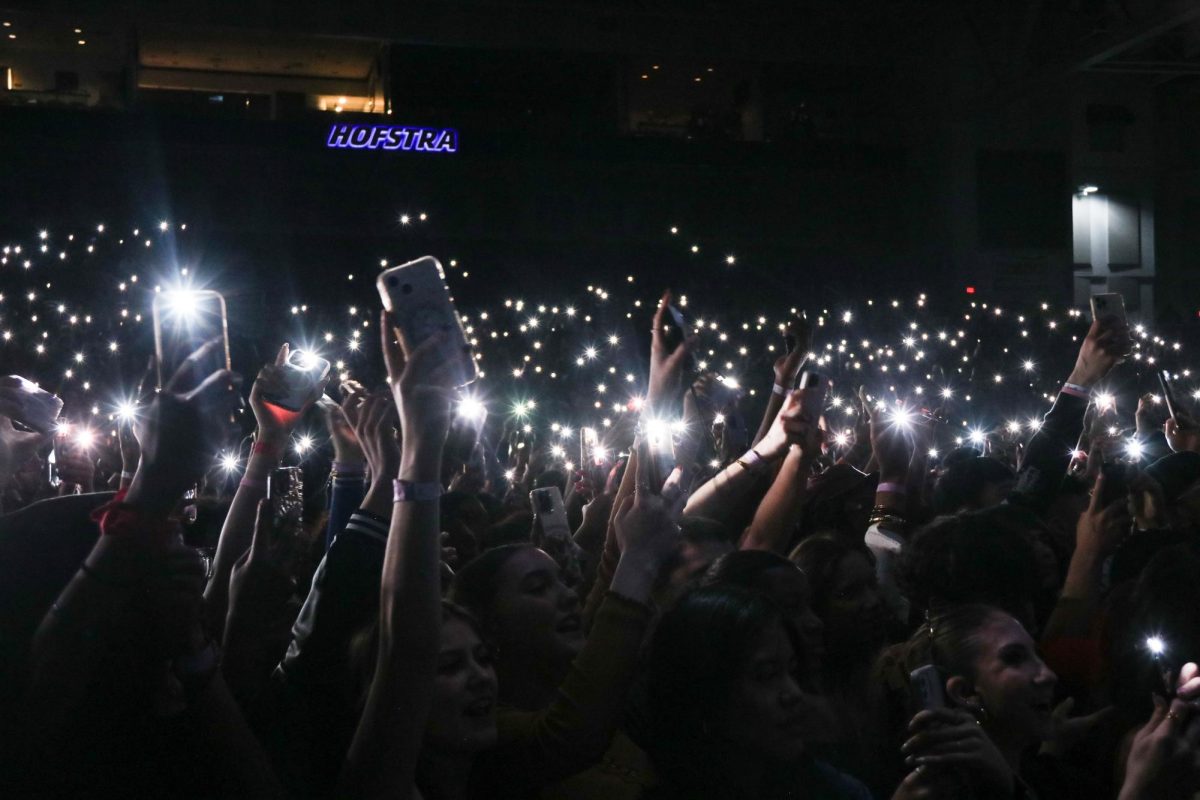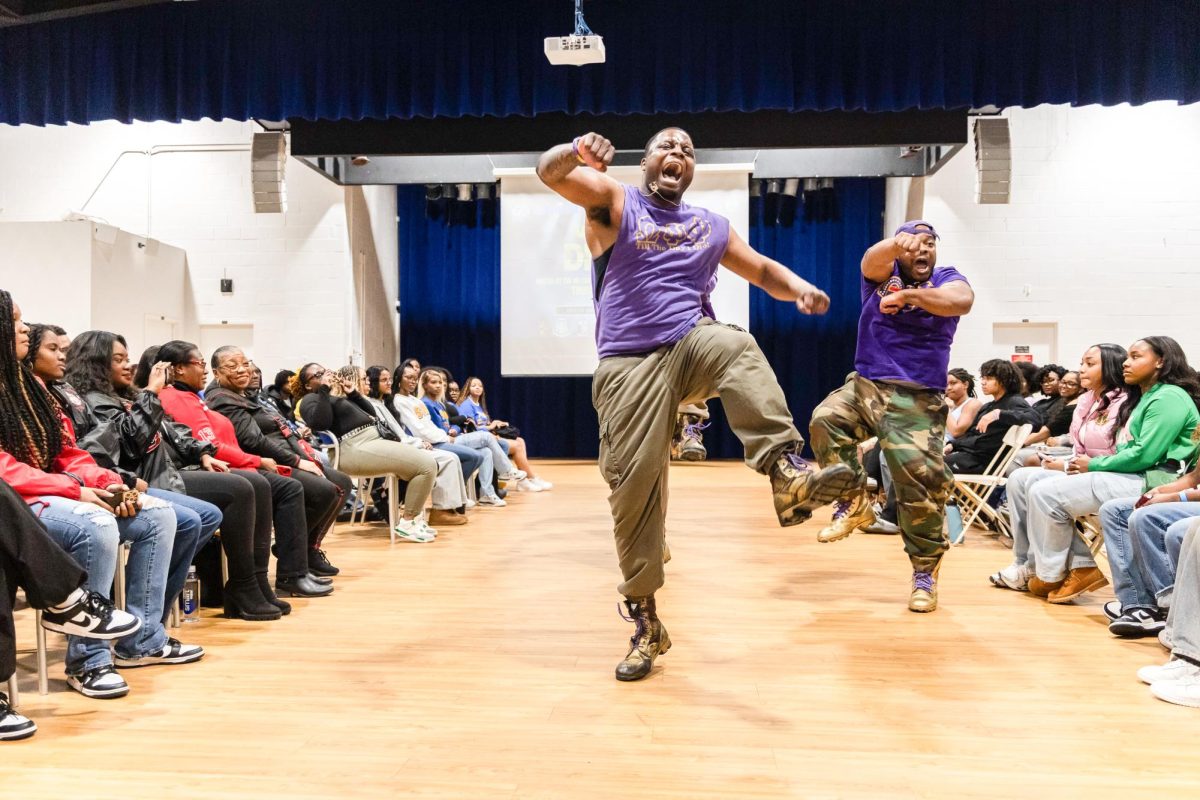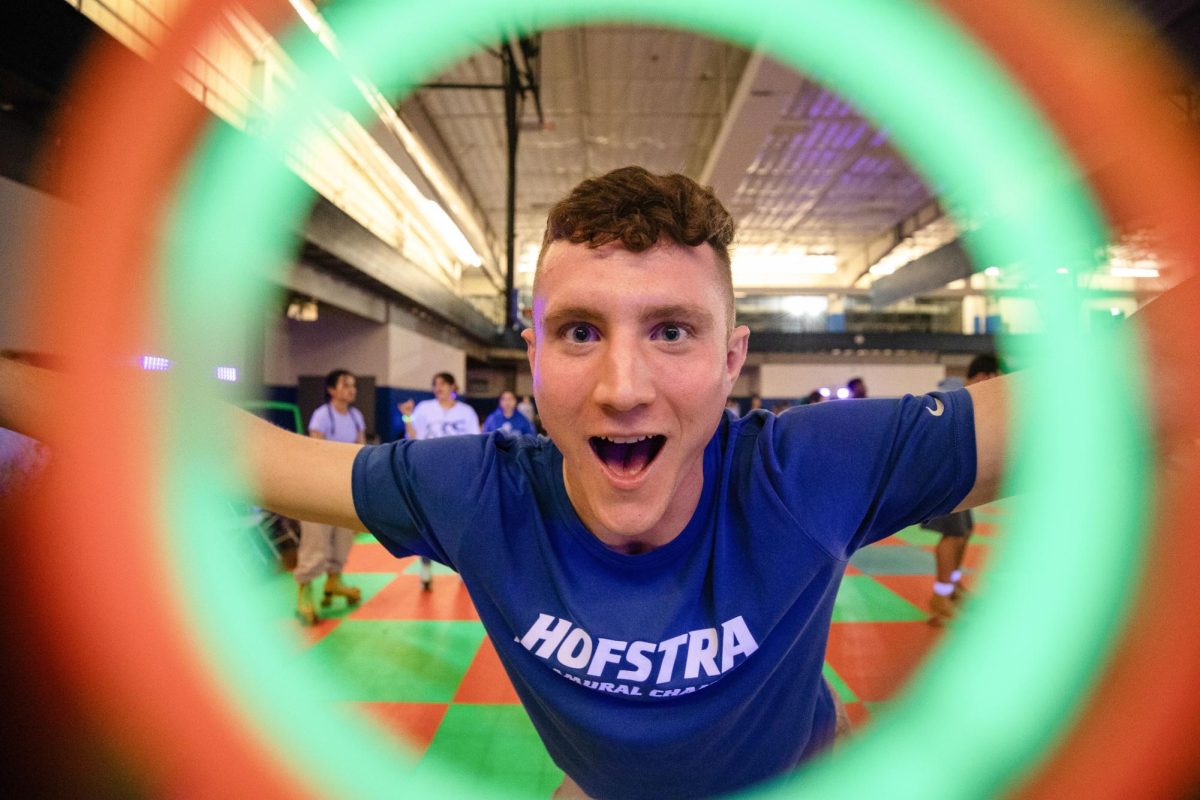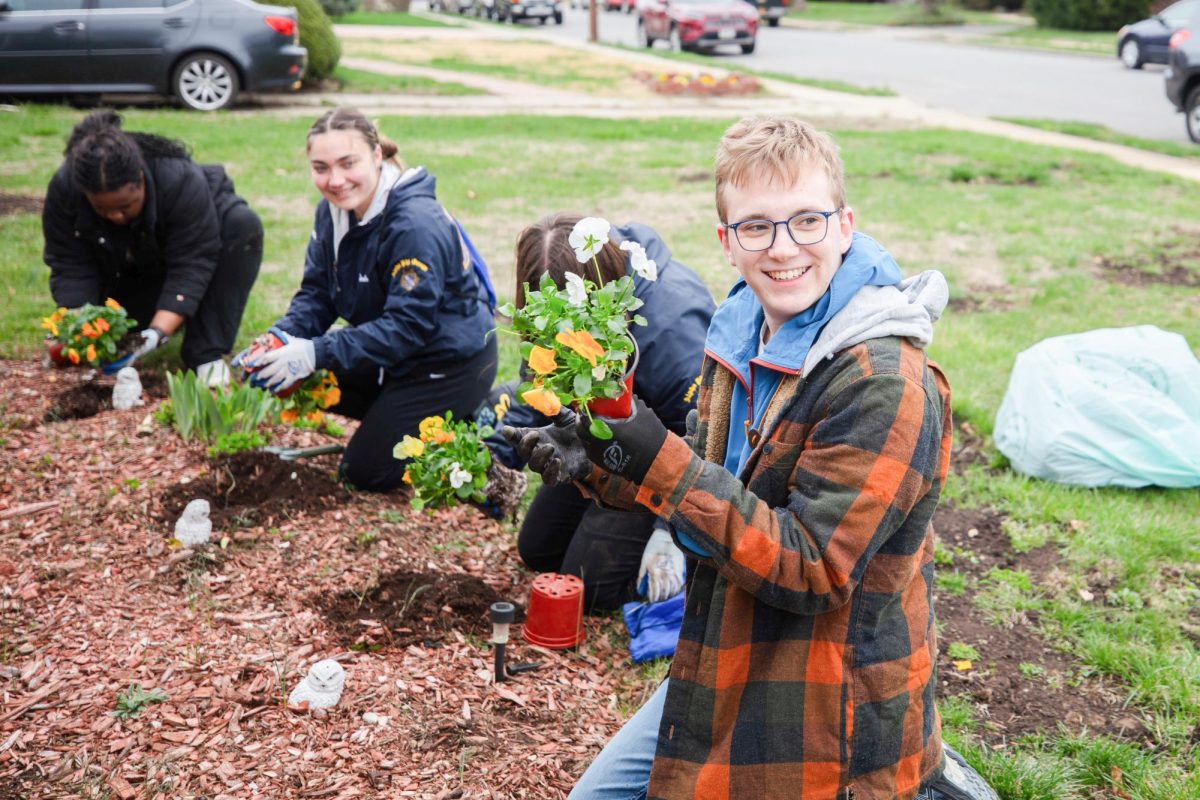By Brian StieglitzStaff Writer
There have been posters, flyers, advertisements and banners displaying the words “Debate 2012” all over campus. For Hofstra students, faculty and administration this means a great deal as it is another milestone for Hofstra University. But how did our university gain the right to host such a grand scale event? According to Melissa Connolly, the Vice President of University Relations, Hofstra was always renowned for hosting political events and showcases, and getting to host the presidential debate was one step further.
It began in 2005, when President Bill Clinton arrived at Hofstra University to speak to the members of the Hofstra Community and rally support for the victims of Hurricane Katrina. Connolly explained that it was during this monumental point in Hofstra History that the President of University Relations developed this vision that it would be amazing if Hofstra could get more involved in United States history. Connolly stated that, “In that moment, the President described it as a flash in his mind as he thought, ‘Wouldn’t it be great to host a presidential debate!?’”
It was then that Hofstra started to get ready for what could be an amazing event in its timeline. What needed to be done was apply for the debate online. The school would receive a binder filled with the necessary papers needed to fill out to be up in the running for hosting the debate. The entire process would take a year, as Hofstra University would need to ensure it had the necessary support to host the debate, the correct facilities and space, and overall to prove that they were willing to do all that was necessary to undertake this experience. A lot needed to get done in that year to get Hofstra ready for the debate, and when it was solidified it was another great leap forward for Hofstra University.
Melissa Connolly explained that it was her job as Vice President of University Relations to handle all that was required involving the media, with regards to answering to reporters and media services, actually putting forth the application, and acting as Hofstra’s spokesperson with regards to the debate.
“I think it is a great privilege to host something that people all over the world use to measure their candidates,” she said. “But also I think it is a great way to get our students involved in and influential opportunity like this and to be a part of it.”
Students can get involved in the debate in a myriad of ways. There are allowed a grand total of 350 volunteers for the debate, as well as those who win the ticket lottery and are allowed a seat at the debate itself. There will also be events and exhibits set up in the weeks preceding the debate and the day of. Among these events is a prominent program known as “Issue Alley,” in which students spread awareness about different worldly issues and what can be done about them. But it does not end with this, as there will be debate watches set up all over campus in places like the Netherlands Café and Student Center.
This year the application process proves to be easier for Hofstra University, but in general there is a lot more to expect in the debate, including the hosting of many town hall congressmen, as opposed to last debate which consisted of solely the candidates and moderator. Also this year there will be undecided voters brought in by an organization known as Gallup to observe the debate. Furthermore Hofstra will be working with the National Democratic Institution and inviting people from all over the world to view the debate and learn how to host a debate in a democracy. There’s a lot to look forward to as Hofstra students in the days leading up to the debate on Oct. 16.
Categories:
How Hofstra got the debate for a second time
Hofstra Chronicle
•
October 4, 2012
0
Donate to The Hofstra Chronicle
$390
$945
Contributed
Our Goal
Your donation will support the student journalists of Hofstra University. Your contribution will allow us to purchase equipment and cover our annual website hosting costs.
More to Discover

